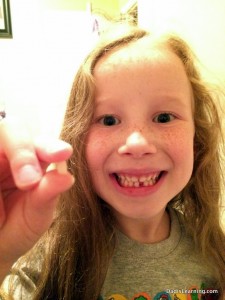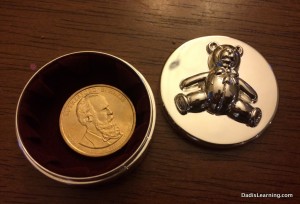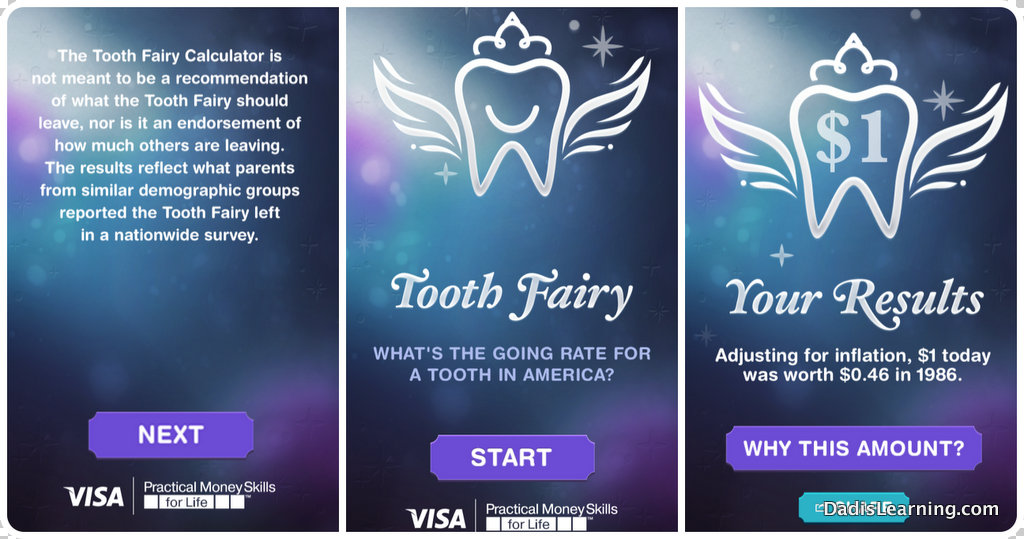The Tooth Fairy
The tooth fairy came to visit our house this week. Our oldest child lost her first tooth with a mix of fear and excitement. And so begins our time of ‘hockey teeth’ smiles or tooth gap-osis as a friend put it. But I’m a curious person…. Where did this folktale start? How has it evolved over the years? And how much do kids get for teeth today? Read on for the answers…don’t miss my collection of tooth fairy ideas at the end of the post.
The Origins of the Tooth Fairy
As with most folklore, there are different versions of the origin of the tooth fairy. Rituals for tooth disposal date well back into the ancient times. Many European cultures believed that if a witch got a hold of a tooth (or nail clippings, or hair) then a spell could be cast over the child. The first tooth was often buried in the garden. In other cases the tooth was fed to an animal with the belief that the child’s new teeth would have similar qualities of the animal who ate it. Believe it or not, a popular animal was a mouse. Parents wanted children to have small, sharp teeth.
Most accounts place the origin of the tooth fairy as we know her, or perhaps him, in the earl years of United States history. European immigrants brought the folklore of tooth disposal with them, but many found themselves living in cities without land or a garden. They started burying teeth in flower pots and window boxes. This naturally led to placing the tooth in a box and eventually under the pillow as many of us know the tradition today.
Placing the tooth under the pillow and replacing it with a treat or a coin presented obvious questions for young curious minds. Where did my tooth go? Who left this treat for me? When did all this happen? And the tooth fairy was born. From the 1920’s to the 19040’s several plays and books were written about the tooth fairy, the most popular being “The Tooth Fairy” written in 1949 by Lee Rogow.
What is my tooth worth?
Would you believe that Visa does an annual study on the amount of money given by the tooth fairy? Their national average shows a jump in the price of teeth, much like everything else. The average tooth in 2013 is worth $3.70. That is a 23% increase from the 2012 average of $3 and a 42% increase from the 2011 average of $2.60 per tooth.
Why would Visa spend their time putting together research on such a silly subject? Is it a sign of the overall foolishness of the financial industry? Hold your horses, there is actually valuable socioeconomic data in the tradition of the tooth fairy. A Huffington Post article that cites the Visa research discusses the psychology behind one child receiving a quarter for their tooth and a friend receiving $20. It’s an interesting read.
Visa even makes an app for suggesting a tooth price based on demographics. I loaded up the app and it turns out we were right on the money with our tooth price. Our tooth fairy left a $1 coin from the Presidential series of coins being issued right now. The first coin had the image of our 19th President Rutherford B. Hayes on it. For my money, he has one of the best beards in Presidential history. I found all the legal notices on the Visa Tooth Fairy app to be quite entertaining…
Tooth Fairy Ideas
Looking for some inspiration for your tooth fairy? Turn to Pinterest of course! This bearded dude isn’t afraid of a bit of time on the most popular site for women on the internet. I even setup a Pinterest board with some of my favorite Tooth Fairy ideas. Wait…has anyone seen my man-card?



